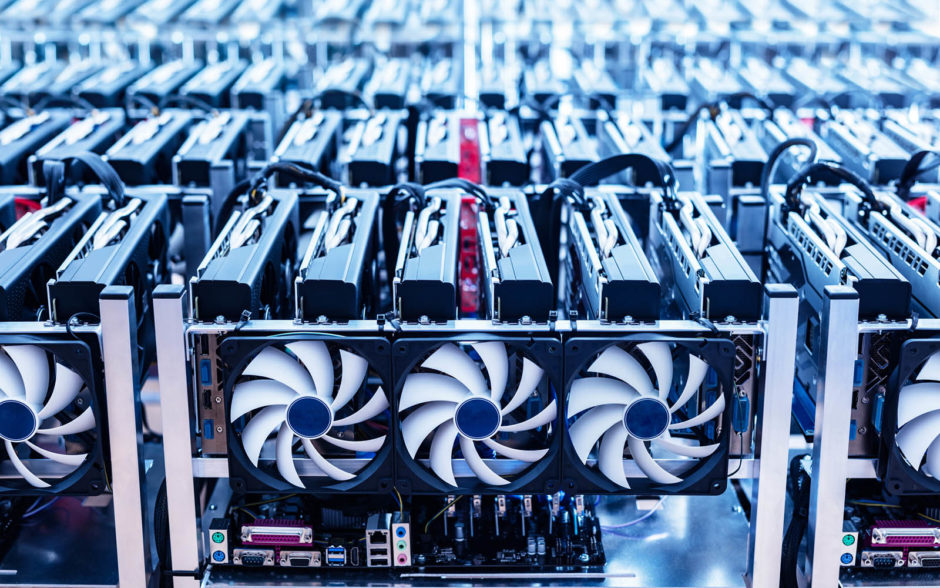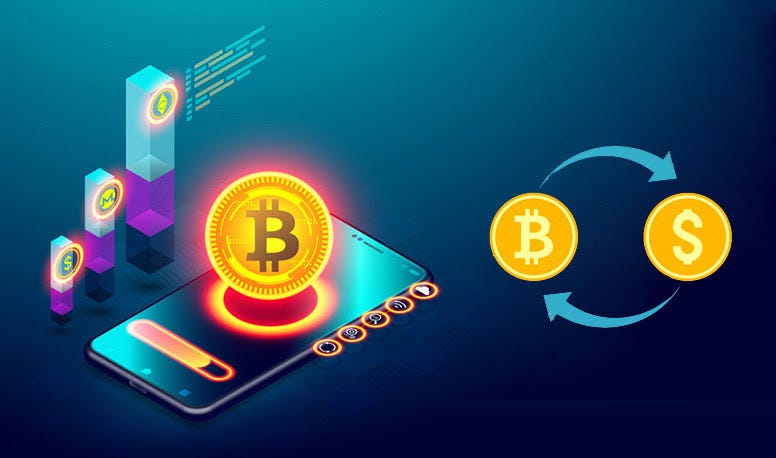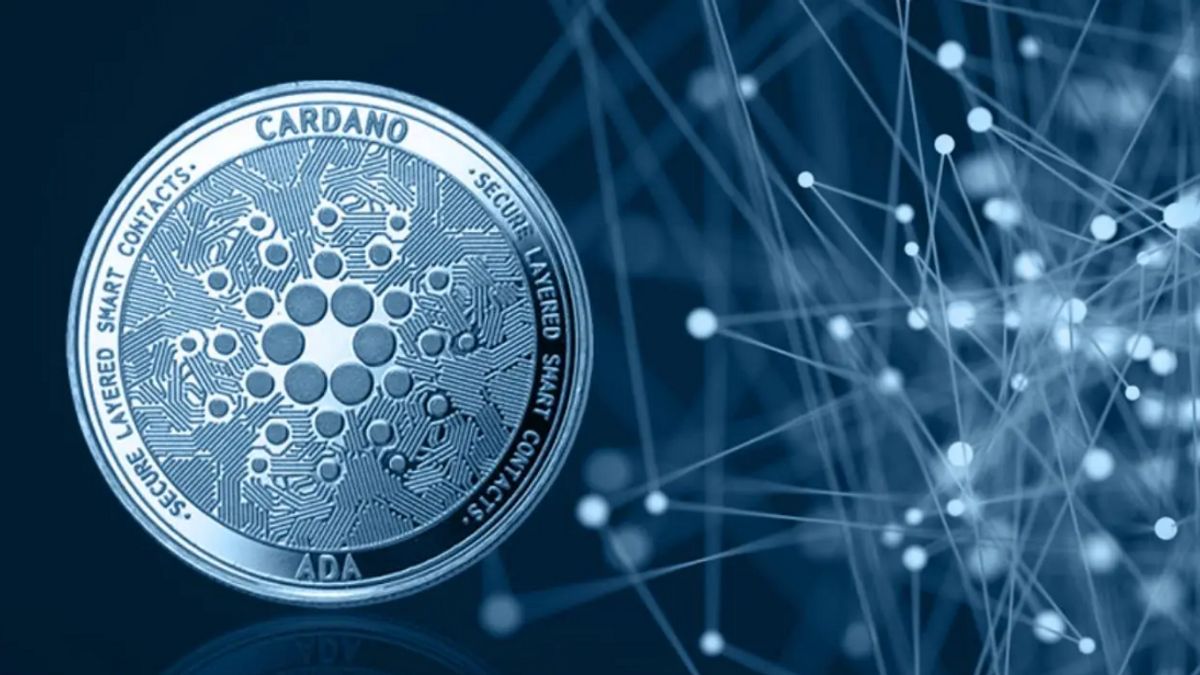Cryptocurrency mining has gained significant popularity in recent years as digital currencies continue to shape the financial landscape. In this article, we will delve into the world of cryptocurrency mining, exploring its history, how it works, the hardware and software involved, profitability considerations, and more. Whether you’re a beginner looking to understand the basics or an experienced miner seeking advanced insights, this guide will provide you with valuable information to navigate the world of cryptocurrency mining.
What is Cryptocurrency Mining?
Cryptocurrency mining is the process of validating and recording transactions on a blockchain network. Miners use powerful computers to solve complex mathematical problems, which helps maintain the integrity and security of the cryptocurrency network. As a reward for their computational efforts, miners are granted new coins or transaction fees.
The History of Cryptocurrency Mining
Cryptocurrency mining traces its origins back to Bitcoin, the pioneering digital currency created in 2009. Bitcoin mining initially involved individual miners using their personal computers, but as the network grew, specialized hardware called ASICs (Application-Specific Integrated Circuits) emerged to handle the increasing computational demands. Today, cryptocurrency mining has expanded beyond Bitcoin, with numerous alternative coins (altcoins) available for mining.
How Does Cryptocurrency Mining Work?
Cryptocurrency mining relies on a consensus algorithm called Proof of Work (PoW). Miners compete to solve complex mathematical puzzles, using their computational power to find the correct solution. The first miner to solve the puzzle broadcasts the solution to the network, and other miners verify its validity. Once confirmed, the block of transactions is added to the blockchain, and the miner is rewarded.
Popular Cryptocurrencies for Mining
While Bitcoin remains the most well-known cryptocurrency, many other digital currencies can be mined. Some popular choices include Ethereum (ETH), Litecoin (LTC), Monero (XMR), and Zcash (ZEC). Each cryptocurrency has its own mining algorithm and considerations, making it essential to research and choose the right one based on factors such as hardware compatibility, profitability, and personal preferences.
Mining Hardware and Equipment
Efficient mining requires specialized hardware, particularly ASICs for Bitcoin and powerful GPUs (Graphics Processing Units) for altcoins. These devices are designed to perform the complex calculations necessary for mining, providing high hash rates and energy efficiency. Additionally, miners need other equipment such as a power supply, cooling system, and storage solutions to optimize their mining operations.
Mining Software and Pools
Mining software acts as the interface between your hardware and the cryptocurrency network. It enables you to control and monitor your mining activities, manage settings, and connect to mining pools. Mining pools are collaborative networks where multiple miners combine their resources to increase their chances of solving blocks and earning rewards. Joining a mining pool can be advantageous, especially for individual miners with limited resources.
Choosing the Right Cryptocurrency to Mine
When selecting a cryptocurrency to mine, several factors should be considered. These include the mining difficulty, block reward, transaction fees, market value, and future prospects. It’s crucial to assess these aspects to ensure profitability and sustainability in the long run. Additionally, staying informed about the latest developments and trends in the cryptocurrency market can help you make informed decisions.
Setting Up Your Mining Rig
Setting up a mining rig involves assembling the hardware, connecting it to the necessary components, and configuring the software. It’s important to follow best practices for hardware setup, including proper cooling and maintenance, to maximize performance and longevity. Additionally, configuring the mining software with the right settings and connecting to a mining pool will help you optimize your mining efforts.
Power Consumption and Energy Efficiency
Cryptocurrency mining consumes a significant amount of electricity, which directly impacts profitability. It’s crucial to consider power consumption when choosing mining hardware and optimizing your setup. Energy-efficient equipment, renewable energy sources, and monitoring power costs can all contribute to improving the profitability of your mining operation while reducing its environmental impact.
Mining Profitability and Return on Investment (ROI)
Mining profitability depends on various factors such as electricity costs, mining difficulty, the price of the mined cryptocurrency, and the efficiency of your mining hardware. Calculating the potential return on investment (ROI) requires careful consideration of these variables. Online calculators and profitability calculators specific to each cryptocurrency can assist in assessing the profitability of your mining venture.
Overcoming Challenges in Cryptocurrency Mining
Cryptocurrency mining is not without its challenges. These include fierce competition, regulatory uncertainties, hardware limitations, and the constant evolution of mining algorithms. Staying up to date with industry news and trends, adapting to changes, and continually optimizing your mining setup are essential for overcoming these challenges.
Risks and Security Considerations
As with any digital activity, cryptocurrency mining carries risks. These risks include hacking attempts, malware, and phishing attacks aimed at stealing miners’ funds or sensitive information. Implementing robust security measures, such as using reputable mining software, enabling two-factor authentication, and storing funds in secure wallets, can help mitigate these risks.
The Future of Cryptocurrency Mining
The future of cryptocurrency mining holds exciting possibilities. As blockchain technology evolves, new consensus algorithms such as Proof of Stake (PoS) are emerging, offering alternative approaches to mining. Additionally, advancements in hardware and software are likely to enhance mining efficiency and sustainability. Staying informed and adapting to these developments will be key to thriving in the ever-evolving mining landscape.
Conclusion
Cryptocurrency mining is a dynamic and potentially rewarding endeavor. By understanding the fundamentals, selecting the right hardware and software, optimizing energy consumption, and staying informed about market trends, you can embark on a successful mining journey. Remember to assess the risks, adapt to changes, and continually evaluate the profitability of your mining operation to ensure long-term success.
FAQs
Q1: Is cryptocurrency mining profitable?
A1: Cryptocurrency mining can be profitable, but it depends on various factors such as electricity costs, mining difficulty, and the value of the mined cryptocurrency. Conducting thorough research and regularly assessing profitability is crucial.
Q2: Can I mine cryptocurrency with my personal computer?
A2: While it was possible to mine certain cryptocurrencies with personal computers in the early days, today’s mining requires specialized hardware such as ASICs for Bitcoin or powerful GPUs for altcoins.
Q3: How much electricity does cryptocurrency mining consume?
A3: Cryptocurrency mining consumes a significant amount of electricity. The power consumption varies depending on the mining hardware, its efficiency, and the size of the mining operation.
Q4: Should I join a mining pool or mine individually?
A4: Joining a mining pool can be beneficial, especially for individual miners with limited resources














